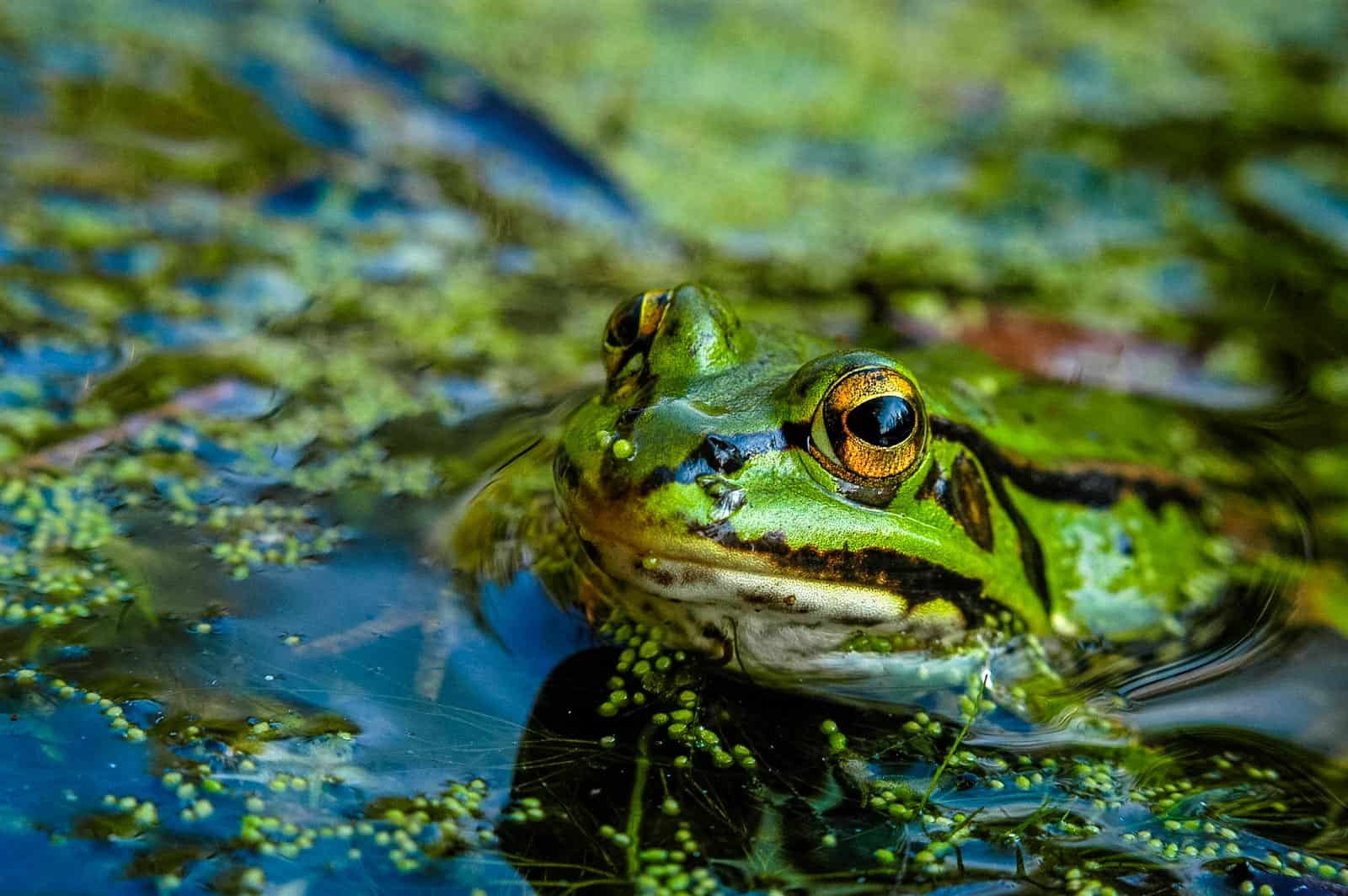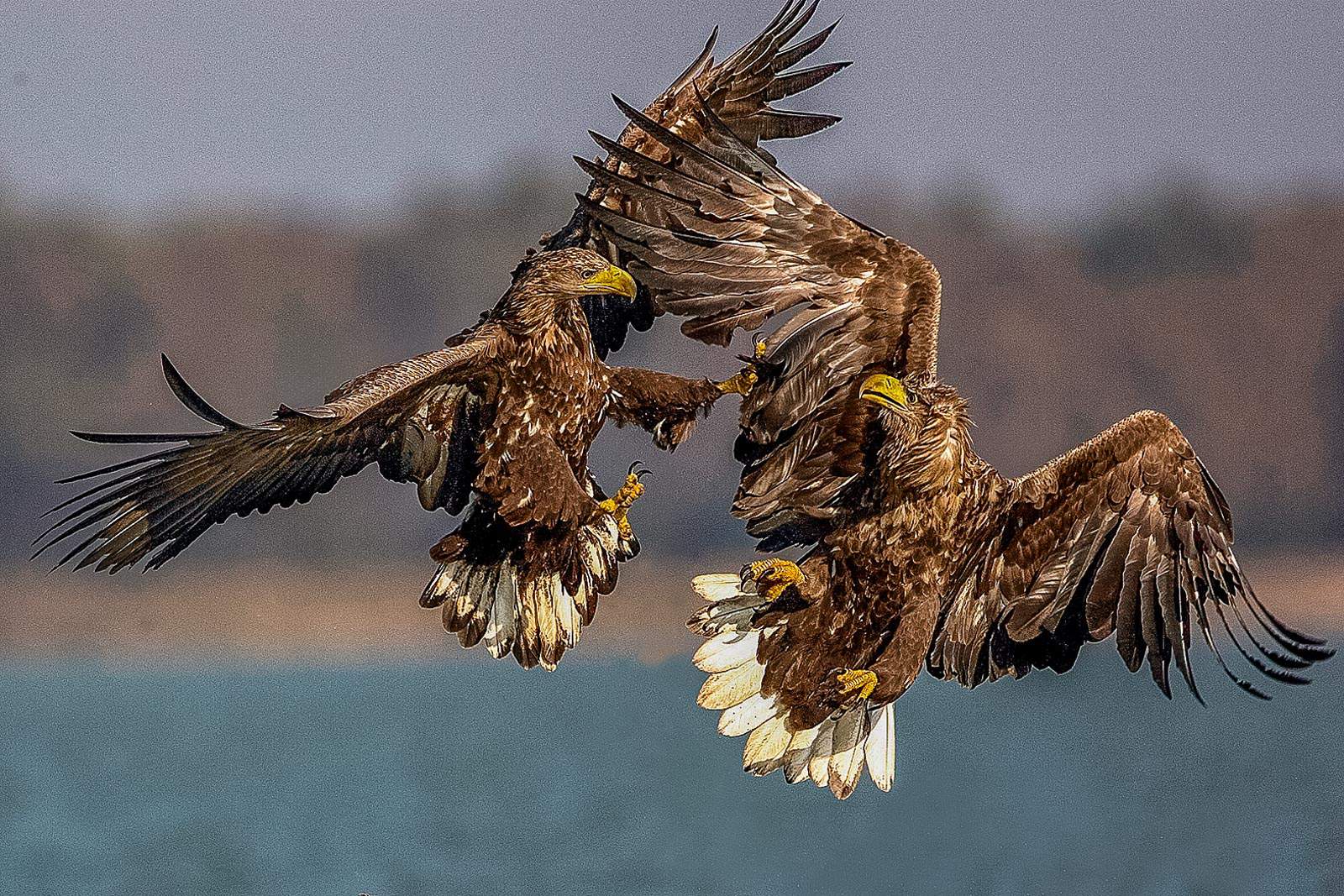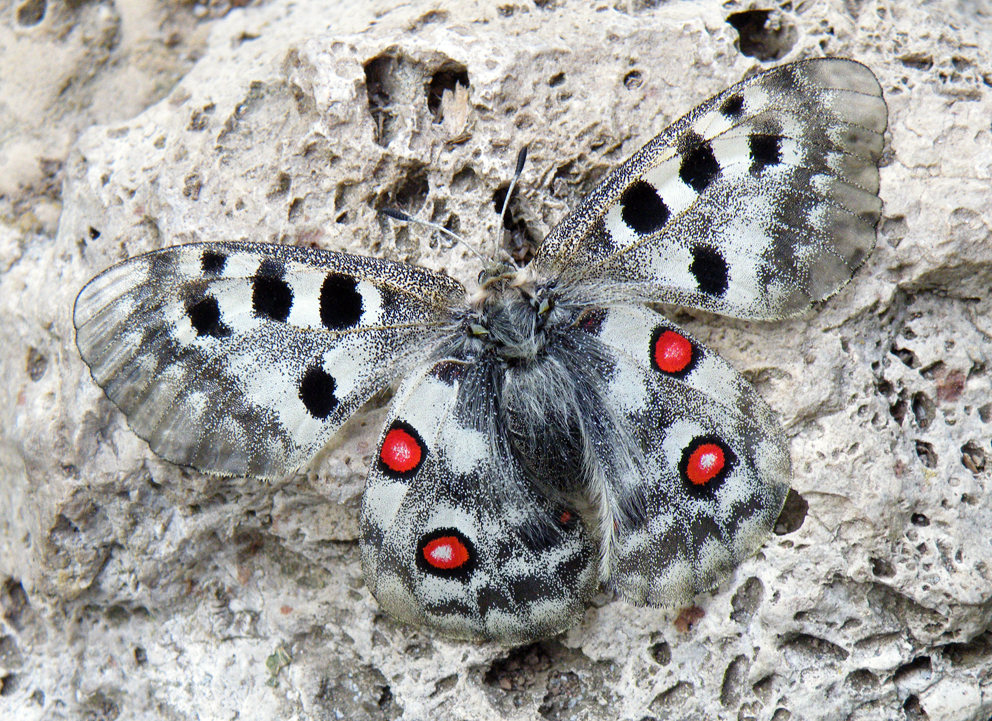Amphibians: Evolution, Metamorphosis and Indicator Species
Amphibians are the oldest vertebrate that live on land. Interestingly, many of amphibian species develop as larvae in water and only go on land after a metamorphosis. Even after that, many are still dependent on some kind of freshwater body to survive.
Evolution
The evolution of amphibians is very interesting: They are descendants of so-called bony fishes, which moved from water to land about 416-359 Mio. years ago. Amphibians are also thought to be related to lungfish and coelacanth. This is evident in some morphological similarities that exist between lungfish and coelacanth and amphibians, especially when it comes to the skeleton and its construct. However, studies continue on the evolution of amphibians and novel results bring to light more knowledge about these interesting group of vertebrates.
Metamorphosis
Before their metamorphosis, amphibians live in water. Accordingly, they use gills like fish to breathe. These are then disintegrated and due to hormonal changes, lungs are developed. Breathing now happens through lungs and the surface of the skin. The skin itself also changes as it is adapted to use on land. There, it needs to be ensured that water loss through the skin is reduced to a minimum. Moreover, the limbs are developed further and bones appear where previously there was only cartilage. Lastly, the tail of the larva recedes completely, at least in some species. Other amphibian species keep the tail also once they live on land. Eyelids are also developed as well as external eardrums (this is only true for some species, e.g. frogs).
Indicator Species
Since amphibians live in areas with freshwater and need both land and water to survive, they are especially threatened by changes in the environment. Habitat loss and conversion, environmental contamination, emerging infectious diseases and climate change are some of the most severe ways in which amphibian species and their survival are threatened. More than 23% of animals listed on the Red List are amphibians. They are therefore also seen as indicator for the environmental health of ecosystems. So-called indicator species can tell scientists a lot about changes to the environmental conditions in which they live – simply by their presence or absence. Amphibians, being dependent on water and sometimes even breathing through their skin, are especially sensitive to water pollution. This is used for various research questions, e.g. how reptiles and amphibians respond to climate change and habitat degradation.
Most of the problems we see in amphibians are due to their skin being more permeable than other vertebrates. Some amphibians lack lungs all together and fully depend on cutaneous respiration. So water pollution can be directly toxic to amphibians. This is one of the reasons we monitor them as environmental health indicators.
To protect amphibians, it is crucial that local governments conserve existing habitats and preserve water quality. Every single one of us can help protecting amphibians by maintaining recreational waters, not leaving waste behind, disposing properly of pharmaceuticals and avoiding the use of fertilizers and pesticides on lawns and in gardens.









